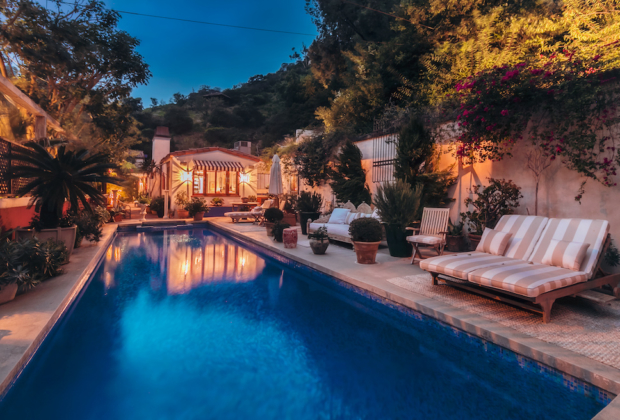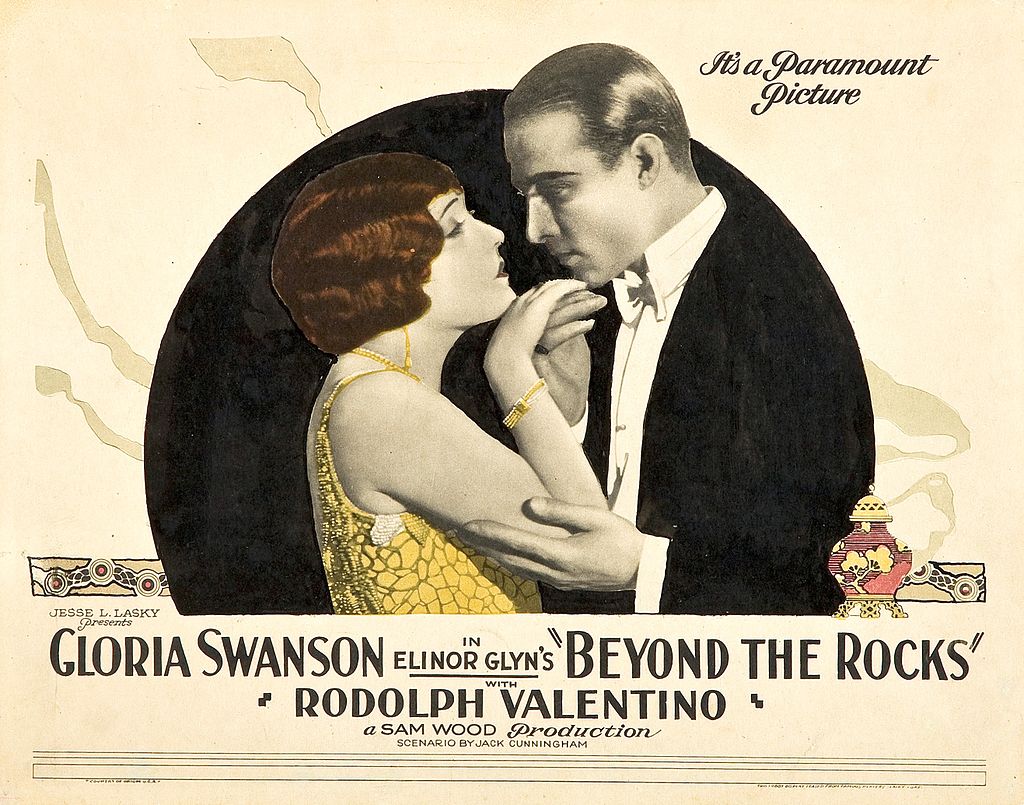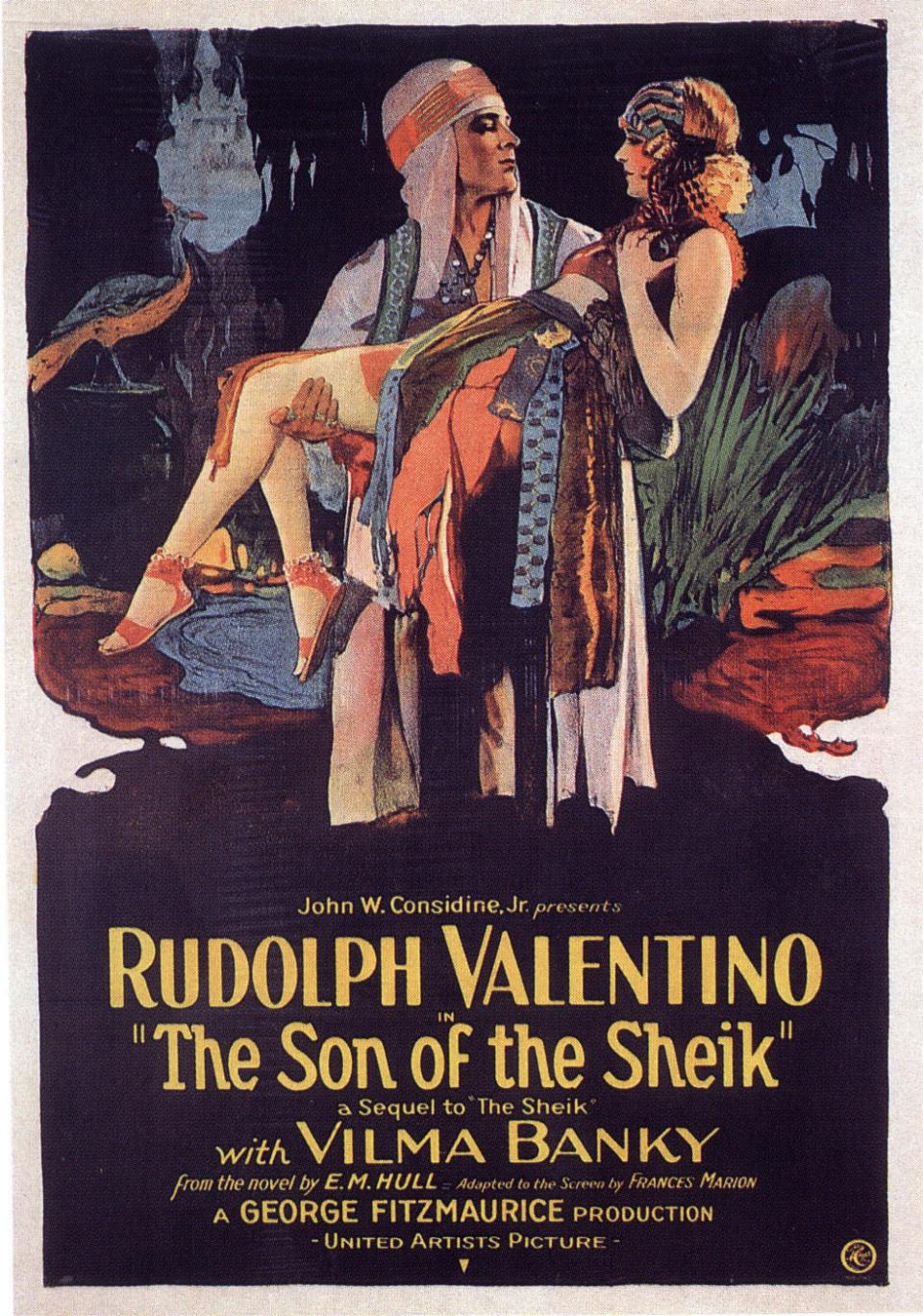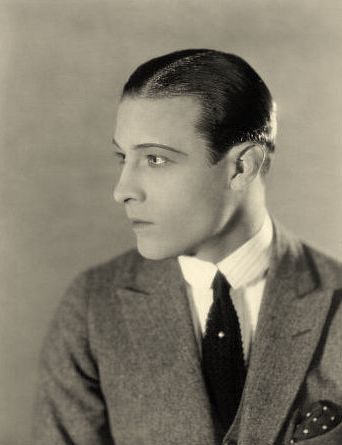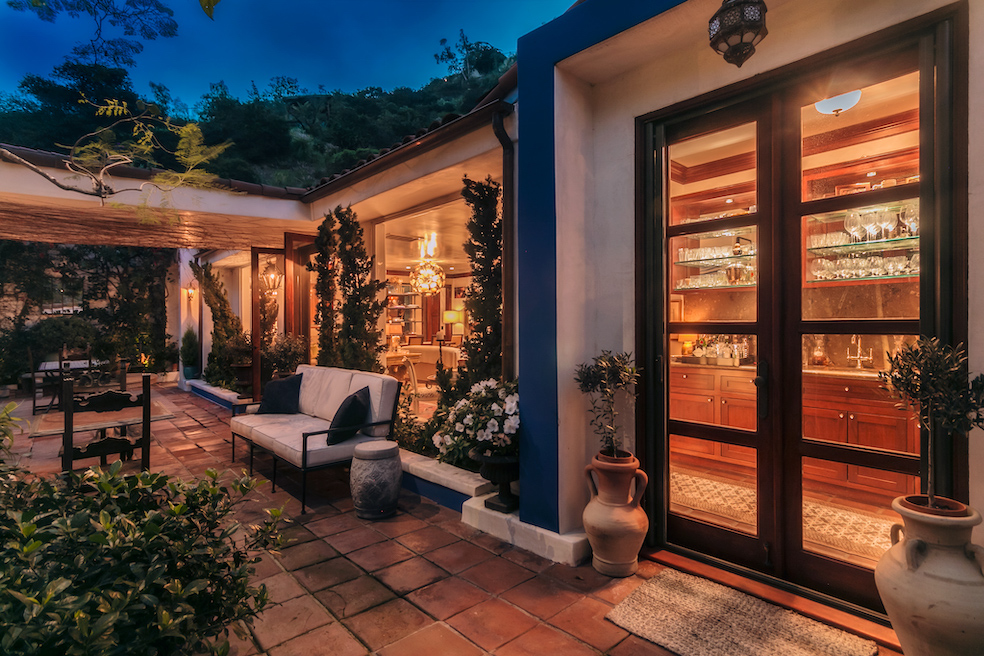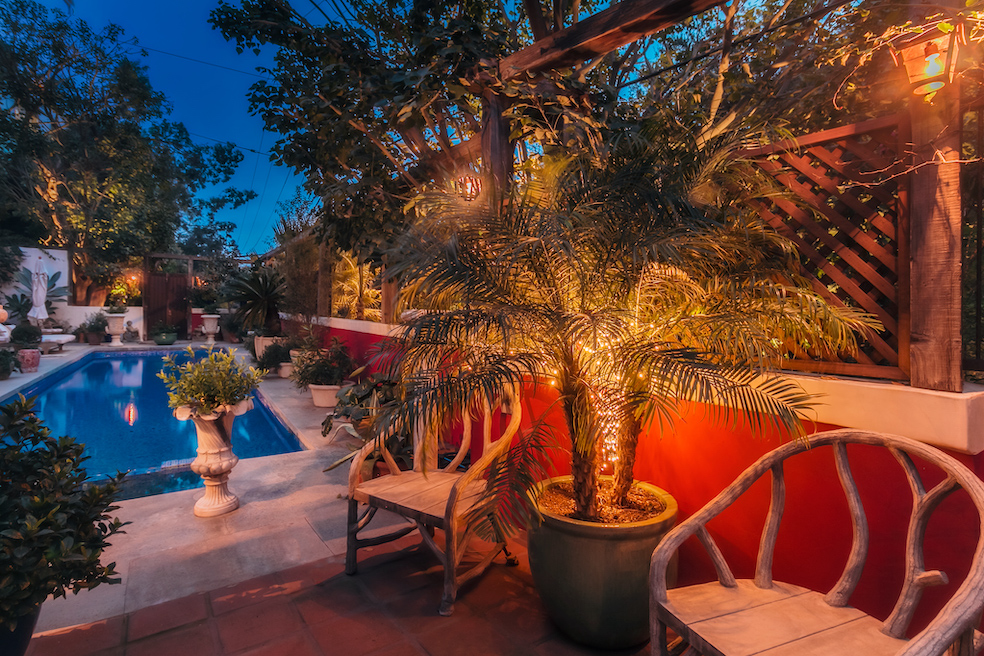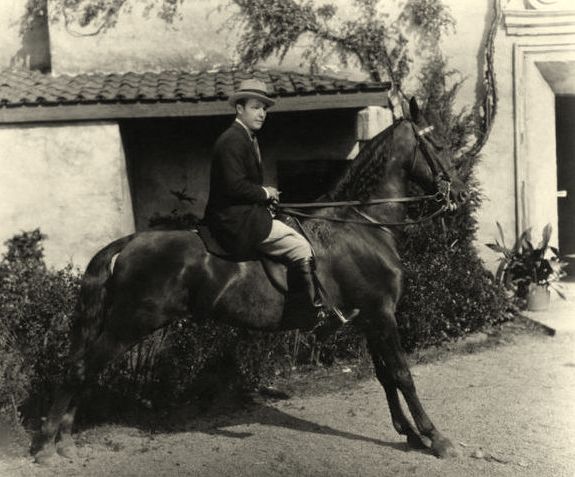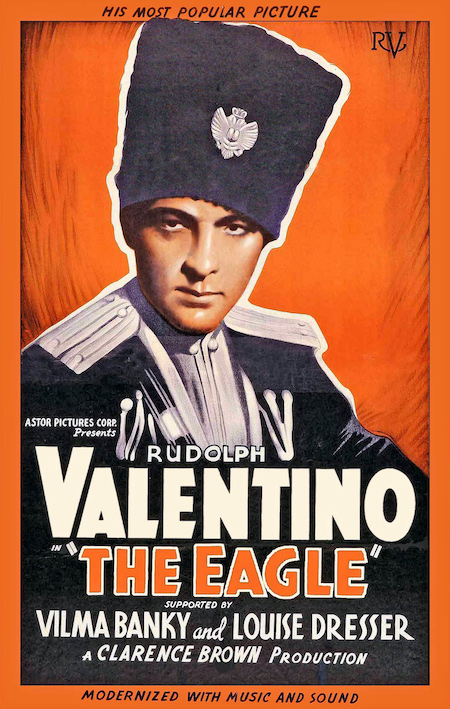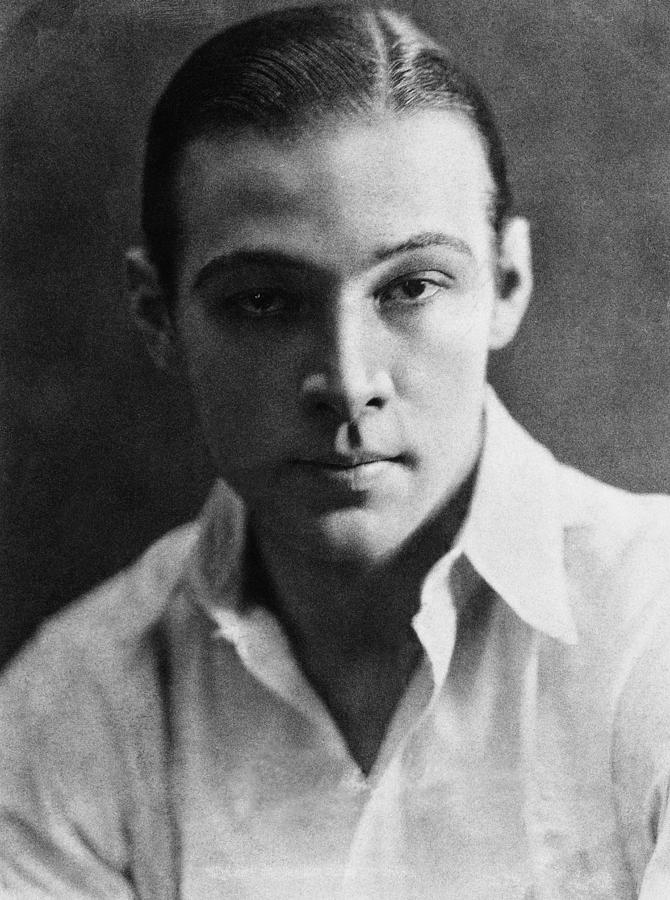Rudolph Valentino was the first superstar in the history of cinema, in the 20s. SoBARNES takes you behind the scenes of the house he fitted out in his image on the hilltops of Los Angeles.
LOS ANGELES - What do Leonardo DiCaprio, Brad Pitt, Ryan Gosling, George Clooney and Bradley Cooper all have in common? They owe everything to one man, Rudolph Valentino (1895-1926). Not just a name, but a legend. Born in Puglia to an Italian father and a French mother, Rodolfo Alfonso Raffaello Piero Filiberto Guglielmi di Valentina d'Antoguolla (!) emigrated to the United States at the age of 18 after a brief career as a dancer in Paris. On his arrival in New York, he worked a series of odd jobs, as a gardener or carrier, before gaining attention for his rendition of the Argentine tango. He subsequently joined a travelling musical, and made his way to Los Angeles jumping from one tour to another. His feline elegance and his sultry look quickly opened the doors to an expanding universe: Hollywood. Cinema was still in the silent film era in the hair-raising post-war period, but it took just a few supporting roles for Rudolph Valentino - his new stage name - to make a name for himself. With a master stroke on his first attempt: The Four Horsemen of the Apocalypse (1921), directed by Rex Ingram, one of the first blockbusters produced by this fledgling industry. Followed in the same year by The Sheik and Camille, which catapulted him to the status of star. And sex symbol, the first of his kind. The man who paved the way for generations of Hollywood actors.
From then on things took off at lightning speed. He starred in film after film, developing eccentric behaviour, remarried before his divorce, made a fortune but spent lavishly... His only anchor point seemed to be Falcon Lair, his property nestled on the hilltops above Benedict Canyon, between Beverly Hills and Bel Air.
Valentino bought this Spanish Colonial Revival-style house, that had just been built, in 1925. It was Gloria Swanson (*), another big star and his co-star in Beyond the Rocks, who introduced him to this property spanning almost 7.5 acres at the end of a dirt road, in what was still a relatively untouched area on the hilltops of Los Angeles. Rudolph Valentino bought it on the spot for $175,000 (a fortune at the time) because he hoped it would provide a haven to stabilise his relationship with his second wife, Natacha Rambova. Unfortunately, she spent almost no time at the property as she left him before the year was out. Yet Valentino named it Falcon Lair after a screenplay they worked on together. He also bought the adjoining six and a half acres of land so that he could ride his horses without being in the public view.
Indeed, once his address got out, his female admirers flocked day and night to his door in the hope of catching a glimpse of him. Valentino thus had a high concrete wall built around the estate, and made significant renovations to the site, in particular to house his staff. And his cars, another of his passions. Sadly he did not get to enjoy the results of these major investments for long, as he died suddenly in New York in August 1926, at the age of 31. He thus created another legend, that of the Hollywood star whose death is shrouded in mystery (poisoning, overdose, wounded by a jealous husband?). Over 100,000 people attended his funeral, and it is even said that several women committed suicide in an act of despair...
The discreet charm of old Hollywood
After his death, Falcon Lair estate was sold off and the land divided up to cover the star’s debts. Eccentric tobacco billionaire Doris Duke bought the property in 1953 and lived there up until her death in 1993, during which time it remained relatively intact. So what remains today of Valentino’s fabled lair? The site, of course, its main gate, the former stable building and the three-bay garage, which were converted into a guesthouse and pool house in the 70s. “Its last owner had the house lovingly restored and remodelled to keep the understated Old Hollywood charm”, explains BARNES Private Office Davide Giardino. “With antique mantels, chandeliers, sconces and claw-foot bathtubs. The property, which now spans 3.2 acres, has also retained the wall the actor had built to protect from prying eyes, as well as its 50-foot saltwater swimming pool and spa”.
It that wall could talk, it would tell of the late night arrivals of neighbours Charlie Chaplin, Mary Pickford and Douglas Fairbanks, who would show up at Rudolph’s home unannounced. It would also have something to say about Pola Negri, the Polish actress who was Valentino’s last muse and who divided her time between Los Angeles and the Val-d’Oise region of France for decades. It would tell of the thousands of posthumous fans who pace Benedict Canyon every year in search of this famous property.
The property has been recently sold by Davide Giardino (contact : [email protected]) for $4 million. To a star? We’ll never know. That’s Hollywood for you.
(*) And of course, the #SoBARNES titbit that will impress even the biggest Rudolph Valentino fans: in 1923, the actor published a book of poetry entitled Day Dreams. One of these poems was dedicated to “G.S.”, widely believed to be Gloria Swanson. Well it turns out they got it wrong! Valentino’s second wife, Natacha Rambova, revealed in her memoirs that it was in fact... George Sand. Don’t say you knew it!
Voir cette page en Français

